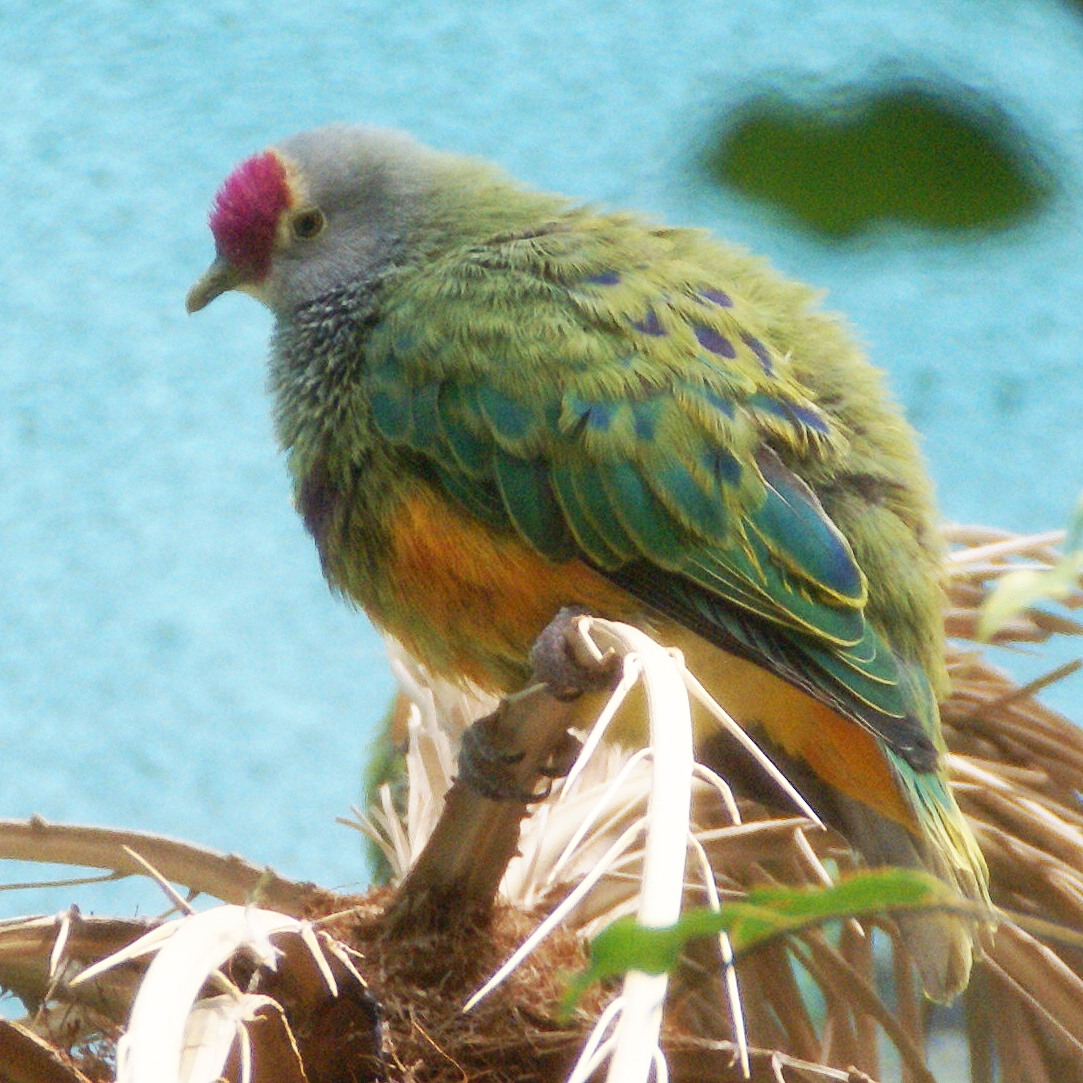Animals will start shrinking as the climate changes
Photo by Alakh Dave on Unsplash
With current extinction rates 1000 times higher than natural background extinction rates, our planet is heading towards a biodiversity crisis similar to that which occurred after the disappearance of the dinosaurs and over 75 percent of the known species on the entire planet. The only way for animal populations to survive this death sentence is to be best suited for their environment in a way that ensures not only their survival, but the preferential survival of their offspring as well. Biologists refer to this as "fitness."
A new study from the University of Southampton challenges what we think of when we hear fitness. The researchers predicted that over the the next century, the body masses of animals will decrease as natural selection favors smaller birds and mammals. This specifically applies to animals that can live in multiple habitats and are extremely fertile, like rabbits and songbirds. In fact, the overall body mass of animals is predicted to decrease by 25 percent before 2219. This is bad news for large animals and species that occupy very specific niches, which includes keystone species such as sea otters and wolves. These are called keystone species because they play a critical role in shaping and maintaining their ecosystems.

Birds and other fast-reproducing organisms are predicted to shrink over the next 100 years
Laura Wolf / Flickr
Unsurprisingly, the cause of this downsizing is humankind - specifically our continuous impact on our planet through climate change, habitat destruction, and hunting and farming. However, there is a point of hope. If conservation actions can be taken to protect those keystone species that we know are threatened, we can perhaps reverse the short-term death sentence and prolong these important ecosystems.
This is not a new message. However, the range of threats that species face - and the myriad forms they take - make swift action an urgent necessity.